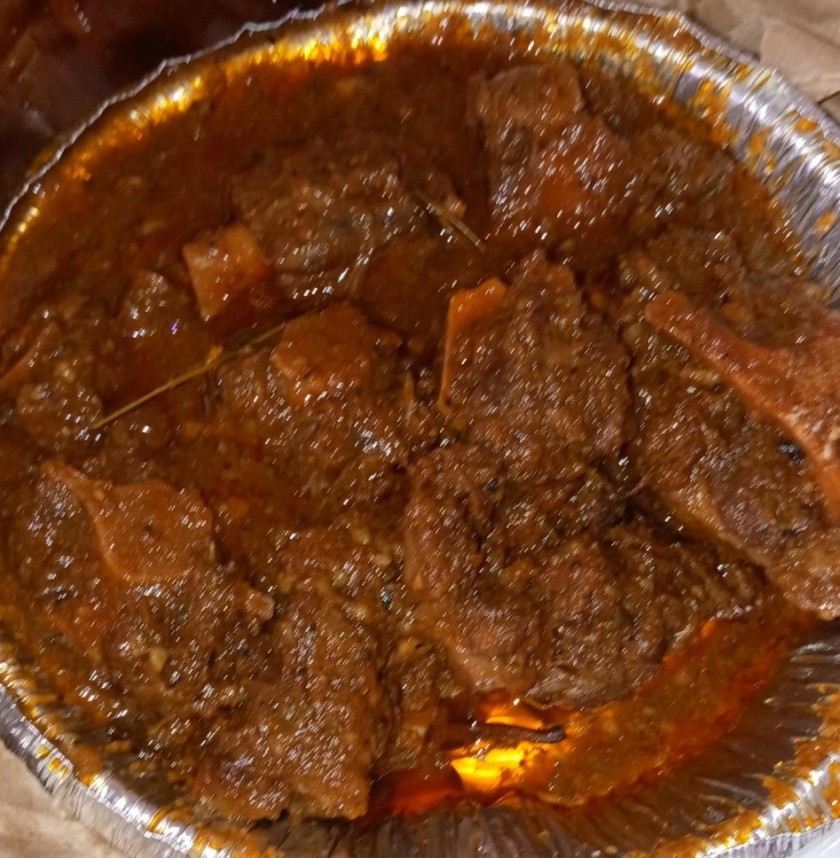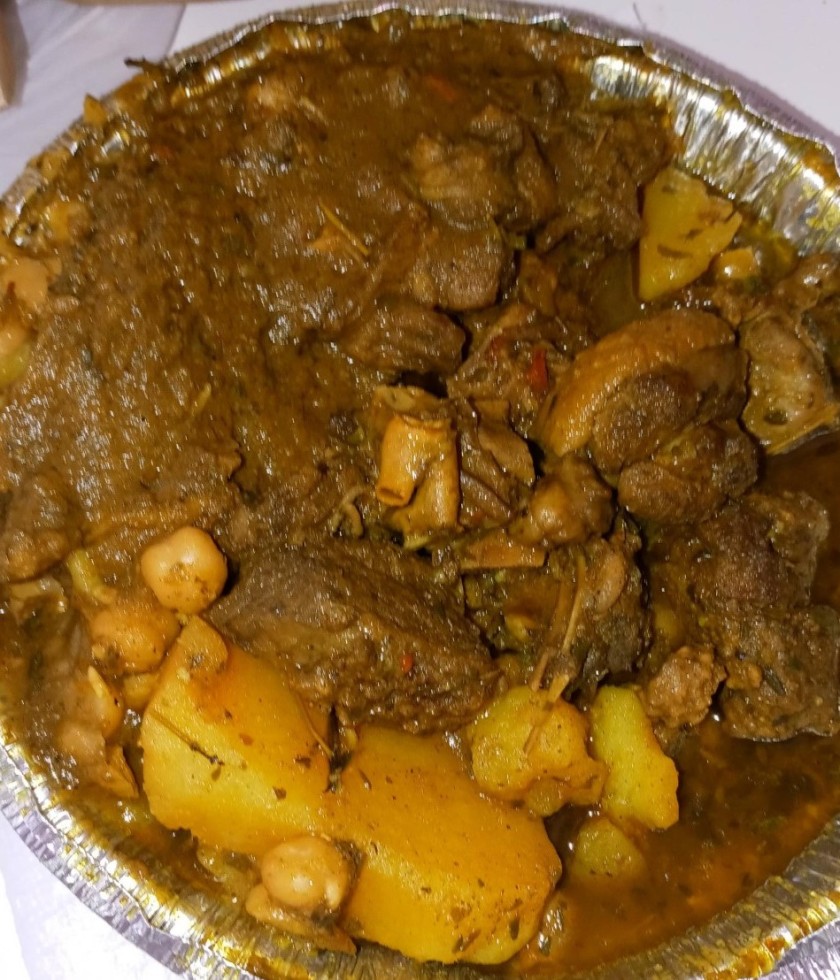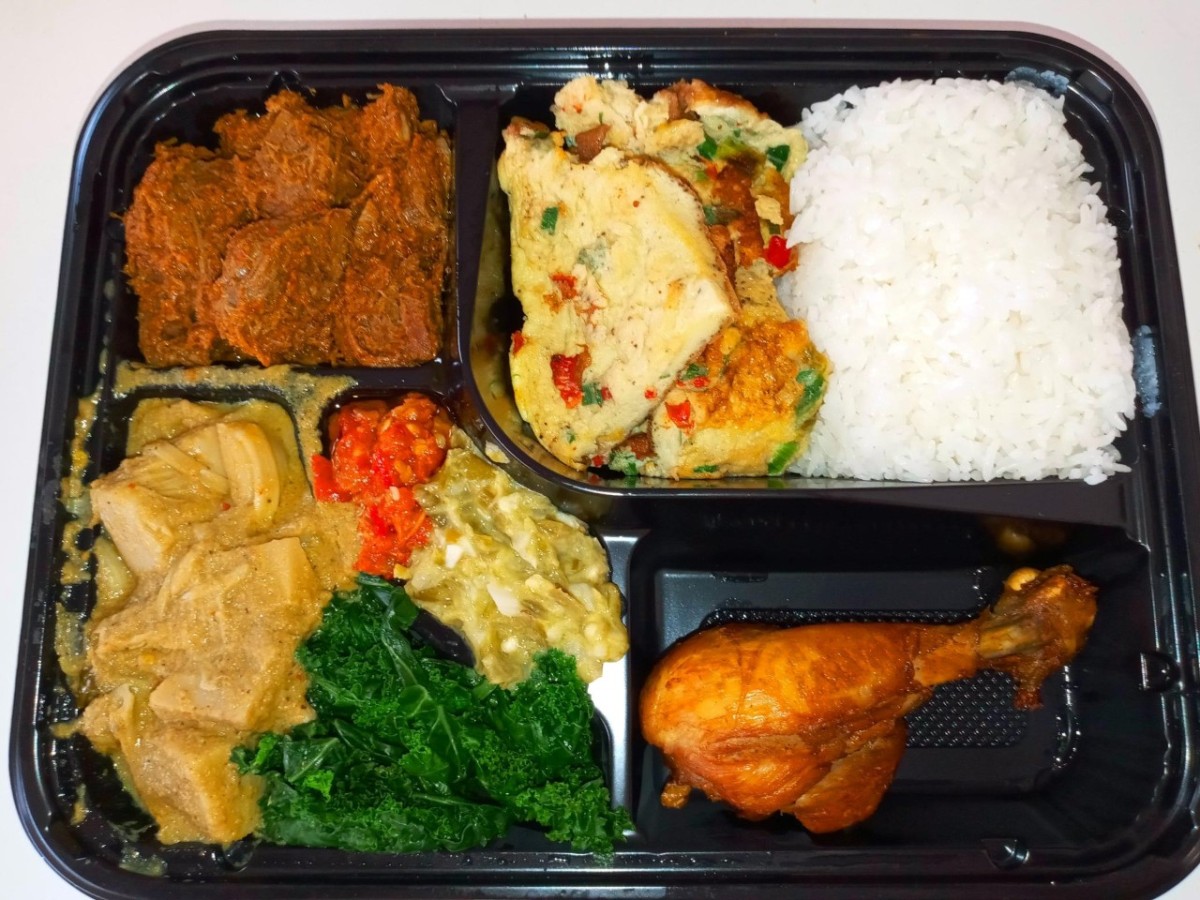High Tide Harry’s (https://hightideharrys.com/) is a wonderful, casual seafood restaurant owned and operated by the Heretick family. Located on South Semoran Boulevard, between Curry Ford Road and Orlando International Airport, it is easily accessible via State Roads 408 or 528. I think it is worth the drive from pretty much anywhere.
It used to be five minutes from my job, and my co-workers and I would go there for lunch every so often. They have a whole menu of lunch specials that are an excellent deal, and the food and service have always been great. When the restaurant moved further south a few years ago, it seemed so much further from work than it actually is, and I had only been once since it moved to that newer, larger, nicer location.
Well, cut to last week, when I was working a 13-hour day, starting with a class at 9 AM, another class at 2 PM, and then my own regular class that starts at 8 PM and ends at 9:35 PM. I was exhausted by the middle of the day, and I began to fantasize about getting out of the office for a relaxing late lunch, actually eating AT a restaurant — but somewhere with outdoor seating and not a lot of people packed together. High Tide Harry’s came to mind, since I recently read somewhere that it was taking extra safety precautions during COVID-19 to enforce mask use and social distancing. The restaurant has a small outdoor patio, and to put diners’ minds even more at ease, the staff also set up a large tent with additional socially-distanced tables in the parking lot. That all sounded safe enough for me, after not having eaten at a restaurant in over a year… but a lot would depend on how crowded it was.
Well, with my 2:00 class ending at 3:30, I would get there at an off time between lunch and dinner, and High Tide Harry’s is famous for happy hour specials, like $1 oysters and clams and $5 appetizers. This was it. It had to happen. I love it when a plan comes together! I left work at 3:33 and was there at 3:45. Not too far at all!
I don’t remember the last time I was so excited to eat at a restaurant, but that white and blue building beckoned.

I asked to sit outside, and they directed me to the small covered patio on the side of the building. It was a hot day, but the sun wasn’t beating directly down on me. I was in the shade, there was a nice breeze, and I felt the sun on my face for the first time in what seemed like a long time. I was tired, hungry, and my voice was already going after lecturing for two full 90-minute classes that day (so far), and I was so ready to dig into some happy hour specials. This was going to be my happiest hour in a really long time.
I started out with one of my favorite things to eat, a platter of a dozen raw oysters on the half shell, served on a platter of ice ($1 each during happy hour). These were so fresh, plump, and briny. The taste and texture aren’t for everyone, but I consider them such a luxurious food, like something I need to save for a special occasion or a big personal reward. I love oysters, but haven’t had a chance to enjoy raw ones in over two years, between sticking to the “months with an ‘r'” rule and of course COVID-19. As you might guess, oysters aren’t optimal takeout food, unless you buy a bunch to shuck at home, which I admit I have never done.  I took my time with each of these, inhaling their salty aromas and sipping the liquor out of the shells. (“Liquor” is referring to the oysters’ natural juices — I don’t even drink, and especially wouldn’t drink during a workday!). Only then did I embrace my inner otter, slurping up each briny bivalve, making sure to chew each one to savor the full flavor and not just gulp them down like someone would throw back a shot. I typically don’t add anything to my oysters because I don’t like covering up their unique taste — no lemon, horseradish, cocktail sauce, hot sauce, or crackers — but I appreciated having the options.
I took my time with each of these, inhaling their salty aromas and sipping the liquor out of the shells. (“Liquor” is referring to the oysters’ natural juices — I don’t even drink, and especially wouldn’t drink during a workday!). Only then did I embrace my inner otter, slurping up each briny bivalve, making sure to chew each one to savor the full flavor and not just gulp them down like someone would throw back a shot. I typically don’t add anything to my oysters because I don’t like covering up their unique taste — no lemon, horseradish, cocktail sauce, hot sauce, or crackers — but I appreciated having the options.
I also ordered some fried clams from the long list of (mostly fried) appetizers marked down to $5 during happy hour. I’ve had fried clams at High Tide Harry’s before, but again, it had been too many years. Sometimes restaurants can overcook these to the point where they are chewy rubber bands that aren’t even crispy anymore, just greasy and depressing. But these were so tender, crunchy, and hardly greasy. I dipped many of them in the tangy cocktail sauce that came with the oysters, but they didn’t even need it.

And what’s that I hear? Could it be–?! Is it–!? IT IS!
[AIR HORN!]
RING THE ALARM!
[/AIR HORN!]
You know it, true believers! Despite eating all those lunches at High Tide Harry’s in times past, because I always stuck to the smaller lunch menu back in the day, somehow I never ordered the onion rings here! Well, better late than never, because they were terrific. This big plate of golden-brown, crunchy, pungent happiness is also $5 during happy hour. 
After putting all of that away, my attentive and patient server Kenzie asked how I liked the oysters. I gushed that I hadn’t had oysters in a long time, and hadn’t even eaten at a restaurant for over a year, like I had just emerged from a bunker or something. She asked if I wanted more, and suggested I try them her favorite way: charbroiled instead of raw. I’m an easy mark when it comes to food — make a suggestion, and 99 times out of 100, I’ll try it. I’ve never had charbroiled oysters before, but this half-dozen (still $1 each during happy hour) were so decadent — topped with garlic, herbs, bread crumbs, and LOTS of butter, and served with a great piece of garlic bread that wasn’t too crusty.  Apparently this preparation is similar to a legendary New Orleans restaurant called Drago’s. I haven’t been back to New Orleans in over 20 years and never had charbroiled oysters anywhere there, but I can at least vouch for High Tide Harry’s version being amazing.
Apparently this preparation is similar to a legendary New Orleans restaurant called Drago’s. I haven’t been back to New Orleans in over 20 years and never had charbroiled oysters anywhere there, but I can at least vouch for High Tide Harry’s version being amazing.
Then I figured while I was dining out for the first time in far too long, decompressing on Harry’s patio, feeling that breeze on my face on a hot March afternoon, enjoying a well-deserved feast in the middle of a 13-hour workday, I might as well order a dozen steamed clams too. YOLO. I rarely indulge on this level, but they are also $1 each during happy hour! What did you think I was going to say, steamed hams? No, I am not from Albany, Utica, or anywhere else in upstate New York.  I love fried clams, and I love clam sauce over pasta, but these steamed clams were a little chewier and blander than I prefer. The melted butter in the little dipping cup on the side helped, because what doesn’t melted butter help? But whenever I return, I’ll probably get more oysters and apps (including more of those fried clams) and avoid the steamed clams. Don’t get me wrong, I ate them all and liked them, just not as much as I liked everything else. I mostly ordered steamed clams to make the Simpsons reference most of my readers didn’t even catch or appreciate. Tough crowd!
I love fried clams, and I love clam sauce over pasta, but these steamed clams were a little chewier and blander than I prefer. The melted butter in the little dipping cup on the side helped, because what doesn’t melted butter help? But whenever I return, I’ll probably get more oysters and apps (including more of those fried clams) and avoid the steamed clams. Don’t get me wrong, I ate them all and liked them, just not as much as I liked everything else. I mostly ordered steamed clams to make the Simpsons reference most of my readers didn’t even catch or appreciate. Tough crowd!
So if you couldn’t already tell, High Tide Harry’s is a real treasure of a restaurant in south Orlando, just a little far from the foodie-centric parts of town where most favorite local restaurants are clustered. They are taking COVID-19 seriously, and are very big on safety, cleaning, and social distancing, with plenty of outdoor tables on their small patio and the much larger tent. If you refuse to wear a mask, you’re not welcome there, and I am so glad the Heretick family and their staff are enforcing that rule. I know people occasionally hassle them about it, but I’m glad they aren’t capitulating. Because of this alone, on top of being a long-running family business with great food, I feel really good about giving them my business and helping boost the signal to encourage others to dine there. High Tide Harry’s happy hour, from 2:00 to 5:00 Tuesday through Sunday, is one of the best deals in town, especially if you love oysters, clams, and tasty fried things. Next time you’re feeling like starting a seafood diet, where if you see food, you’ll eat it, especially if it’s seafood, consider starting it at High Tide Harry’s.
This was the most decadent, luxurious meal I’ve had in over a year. It was just what I needed on that long workday, just what I needed for way too long before that. Between bites, I would close my eyes and pretend I was much further away than I actually was — not facing a parking lot and busy State Road 436 on a late lunch break before returning to work and teaching another class that evening, and definitely not wearing a dress shirt and a tie. Hey, at least I had rolled my sleeves up. That’s about as laid-back as I ever get, but it’s progress.








 The pastry below it is an aloo pie ($1.50), a soft fritter that is stuffed with spiced mashed potatoes. Both of these were a little greasy, but very tasty, with great textures — the lightest outer crispiness but so perfectly fluffy, soft, and warm on the inside. These were my wife’s two favorite things I brought home.
The pastry below it is an aloo pie ($1.50), a soft fritter that is stuffed with spiced mashed potatoes. Both of these were a little greasy, but very tasty, with great textures — the lightest outer crispiness but so perfectly fluffy, soft, and warm on the inside. These were my wife’s two favorite things I brought home.
 As much as I love foods made out of chickpeas, particularly falafel and hummus, I’ve never been too keen on plain old chickpeas, because my mom used to buy cans of them, and I hated that texture and the slippery, goopy liquid they were packed in. These curried chickpeas in the doubles were so flavorful, and had a good soft texture too, like well-cooked beans.
As much as I love foods made out of chickpeas, particularly falafel and hummus, I’ve never been too keen on plain old chickpeas, because my mom used to buy cans of them, and I hated that texture and the slippery, goopy liquid they were packed in. These curried chickpeas in the doubles were so flavorful, and had a good soft texture too, like well-cooked beans.



 To the right of the beef rendang was a savory omelet full of peppers and other vegetables. Miraculously, it was still warm by the time I got it home. I love omelets and cooked them often for myself at home, until a recent physical confirmed I have high cholesterol and blood pressure, and my doctor told me eggs are the enemy. (Funny, I know I indulge in delicious and unhealthy foods sometimes, but I always thought eggs were a reasonably healthy and uncontroversial thing to eat. What are you gonna do?) And next to that was a bed of rice, perfect for cutting the heat of some of the dishes in the bottom left compartment.
To the right of the beef rendang was a savory omelet full of peppers and other vegetables. Miraculously, it was still warm by the time I got it home. I love omelets and cooked them often for myself at home, until a recent physical confirmed I have high cholesterol and blood pressure, and my doctor told me eggs are the enemy. (Funny, I know I indulge in delicious and unhealthy foods sometimes, but I always thought eggs were a reasonably healthy and uncontroversial thing to eat. What are you gonna do?) And next to that was a bed of rice, perfect for cutting the heat of some of the dishes in the bottom left compartment. At first I was like “Man, what a small little chicken leg!” but this was the standout of the nasi padang — definitely my favorite part, and one of the best pieces of chicken I’ve eaten in some time. It was fried, but not breaded or crispy, and definitely not greasy. I would not be surprised if it was brined or marinated first, because it had such a good flavor — very savory, with a hint of sweetness. No spiciness here, unlike several of the other ingredients. I wish Chef Ridwan would offer a whole meal of Indonesian fried chicken, because I would totally order that.
At first I was like “Man, what a small little chicken leg!” but this was the standout of the nasi padang — definitely my favorite part, and one of the best pieces of chicken I’ve eaten in some time. It was fried, but not breaded or crispy, and definitely not greasy. I would not be surprised if it was brined or marinated first, because it had such a good flavor — very savory, with a hint of sweetness. No spiciness here, unlike several of the other ingredients. I wish Chef Ridwan would offer a whole meal of Indonesian fried chicken, because I would totally order that.





